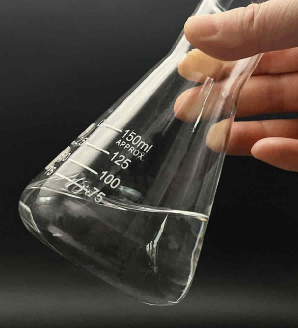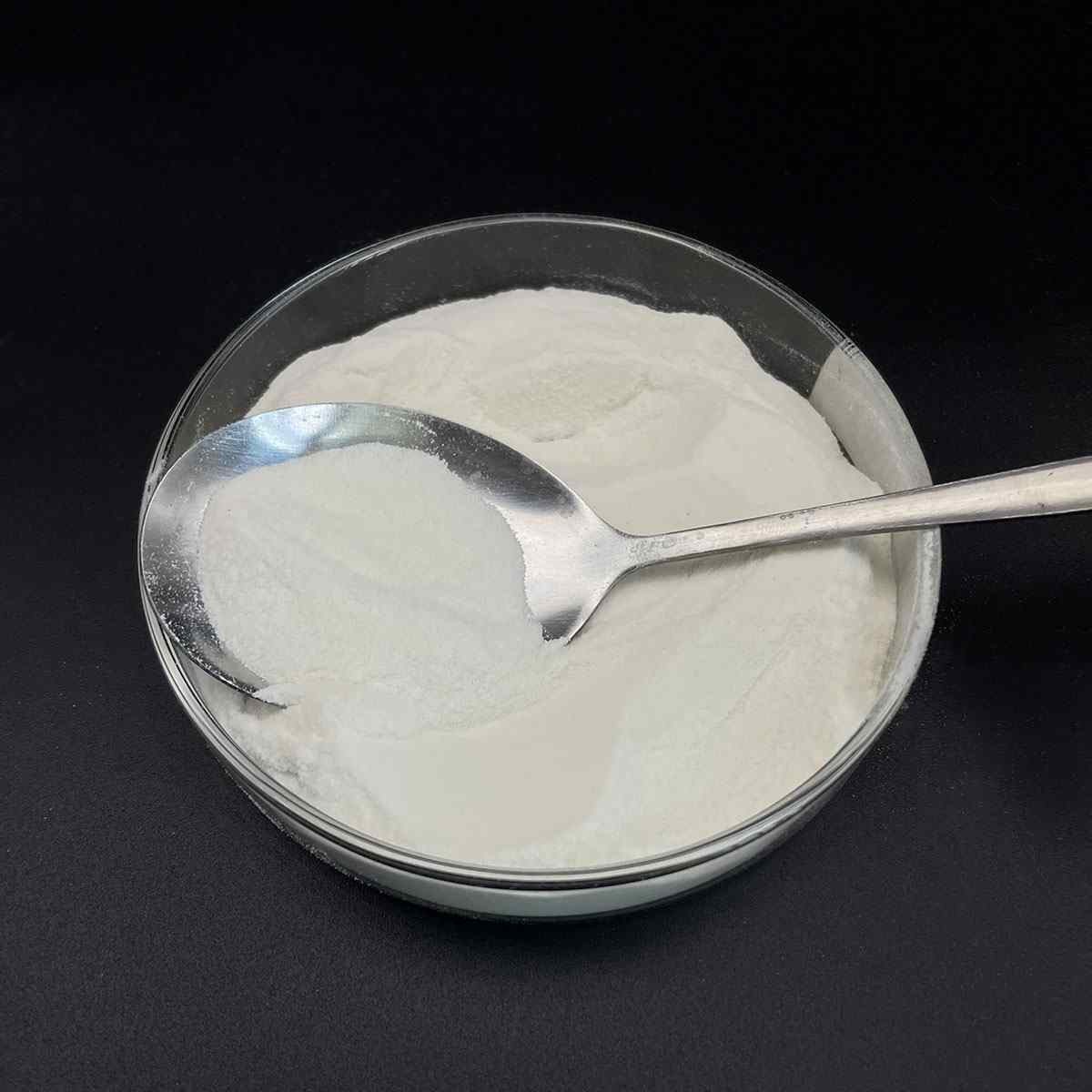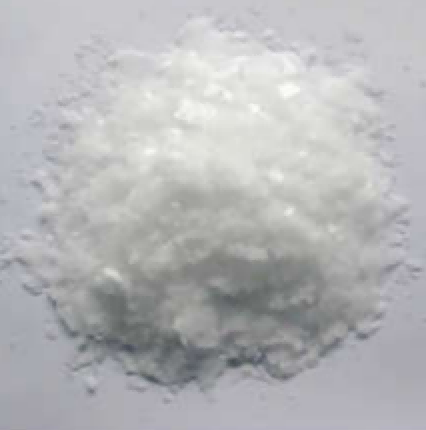1. Introduction
Sodium lauryl sulfate (SLS), also known as sodium dodecyl sulfate, is widely recognized for its role in personal care products such as shampoos and toothpastes. However, its utility extends far beyond consumer goods. In agricultural science, SLS serves as a potent anionic surfactant in herbicide adjuvants—specialized additives that enhance the performance of active ingredients. This niche application leverages SLS’s ability to reduce surface tension, improve wetting, and facilitate the penetration of herbicides into waxy or hairy plant surfaces.

2. The Role of Surfactants in Herbicide Formulations
A surfactant, short for ‘surface-active agent,’ is a compound that lowers the surface tension between two substances—such as a liquid and a solid leaf surface. The meaning of surfactant lies in its amphiphilic molecular structure: a hydrophilic head and a hydrophobic tail. In weed control, this property enables herbicide solutions to spread evenly, adhere to foliage, and penetrate cuticles more effectively.
Among the various classes—non ionic surfactant, cationic surfactant, anionic surfactants, and amphoteric—SLS falls squarely into the anionic category. Its strong detergency and foaming characteristics make it particularly effective in tank-mix adjuvants used by farmers and landscapers.
3. Sodium Lauryl Sulfate as a Lawn Wetting Agent and Herbicide Adjuvant
In practical field applications, sodium lauryl sulfate is frequently formulated into wetting agents for grass and broadleaf weed control. When added to glyphosate or other systemic herbicides, SLS acts as a surfactant for weed killer, ensuring uniform coverage and rapid uptake. This is especially crucial for hard-to-wet species with dense trichomes or epicuticular wax layers.

Compared to alternatives like ammonium lauryl sulfate or sodium lauroyl sarcosinate, SLS offers a cost-effective balance of performance and solubility. It is often blended with nonionic surfactants such as ethoxylated alcohol, polysorbate 80 (also known as Tween 80), or Span80 to mitigate phytotoxicity risks while maintaining efficacy.
- Enhances droplet spreading on hydrophobic leaf surfaces
- Reduces runoff and improves rainfastness
- Compatible with common herbicides like Roundup when used at recommended rates (typically 0.25–1% v/v)
- Frequently combined with methylated seed oil for synergistic penetration
4. Comparative Surfactant Chemistry in Agricultural Adjuvants
While SLS remains a staple, formulators increasingly explore greener or milder alternatives. Alkyl polyglucoside, decyl glucoside, and coco glucoside are bio surfactants derived from renewable resources, offering biodegradability with reduced environmental impact. Similarly, sodium cocoyl glutamate and sodium lauroyl methyl isethionate provide gentler anionic profiles but may lack the aggressive wetting power needed for tough weed species.

Cationic surfactants like cetyl trimethyl ammonium bromide (CTAB) or cetyltrimethylammonium bromide are generally avoided in herbicide mixes due to antagonism with anionic active ingredients. Instead, amphoteric surfactants such as cocamidopropyl betaine (also called coco betaine or amidopropyl betaine) are sometimes used to stabilize formulations and reduce irritation in handling.
Notably, sodium laureth sulfate (SLES)—often confused with SLS—is less common in agriculture due to its higher cost and ethoxylation byproducts. Terms like sodium lauryl ether sulfate, sodium lauryl ether sulphate, laureth sulphate, and sulphate laureth sulfate refer to this ethoxylated variant, which is preferred in shampoos (e.g., sodium lauryl ether sulphate in shampoo) but not typically in field sprays.
5. Formulation Considerations and Commercial Availability
Professional agrochemical suppliers, including specialized manufacturers like Rohit Surfactants Private Limited, offer sodium lauryl sulfate for sale in technical grades suitable for adjuvant production. These formulations must account for water hardness, pH, and compatibility with other tank-mix components such as lignin sulfonate dispersants or fluoro surfactants for ultra-low surface tension.
It is critical to distinguish SLS from structurally similar compounds. For instance, sodium dodecylbenzene sulfonate is another anionic surfactant used in detergents but less effective in foliar applications. Likewise, sodium deoxycholate and sodium oleate serve niche roles but lack the consistent performance of SLS in herbicide systems.
When selecting a surfactant for herbicides, applicators must consider the target weed, environmental conditions, and regulatory guidelines. While SLS is highly effective, overuse can cause crop injury or runoff issues—highlighting the need for precise dosing and integrated adjuvant strategies.
6. Conclusion
Sodium lauryl sulfate continues to play a vital role in modern agricultural adjuvants, bridging the gap between chemical efficacy and practical field performance. Though newer bio surfactants and amphoteric systems are gaining traction, SLS—alongside synergists like methylated seed oil and nonionic surfactants—remains a cornerstone in surfactant for herbicides technology. Its proven ability to act as a lawn wetting agent and enhance herbicide uptake ensures its relevance in both conventional and precision weed management programs.
Our Website founded on October 17, 2012, is a high-tech enterprise committed to the research and development, production, processing, sales and technical services of ceramic relative materials such as Sodium. Our products includes but not limited to Boron Carbide Ceramic Products, Boron Nitride Ceramic Products, Silicon Carbide Ceramic Products, Silicon Nitride Ceramic Products, Zirconium Dioxide Ceramic Products, etc. If you are interested, please feel free to contact us.


